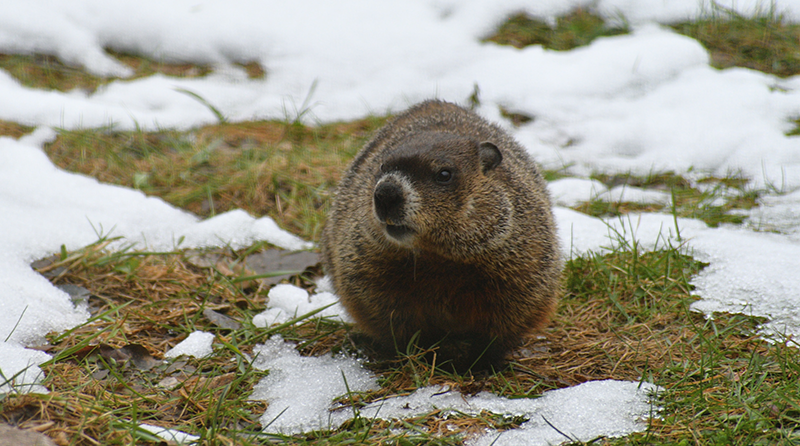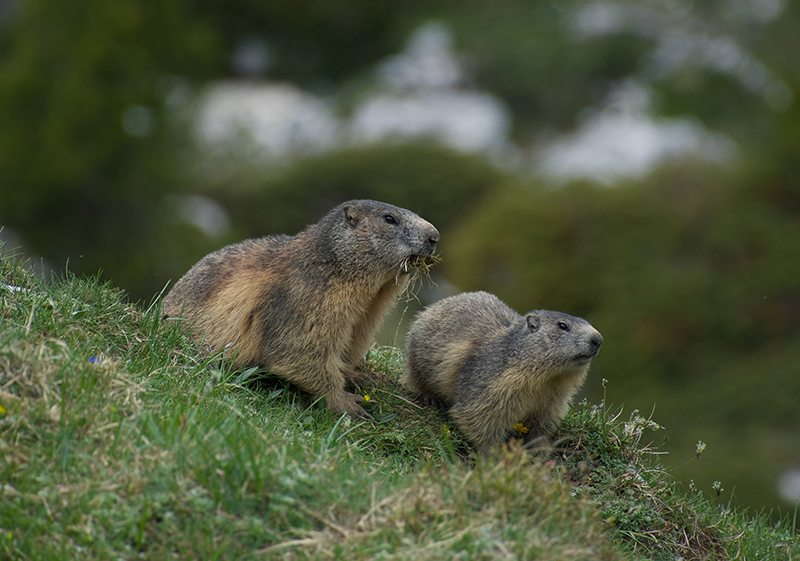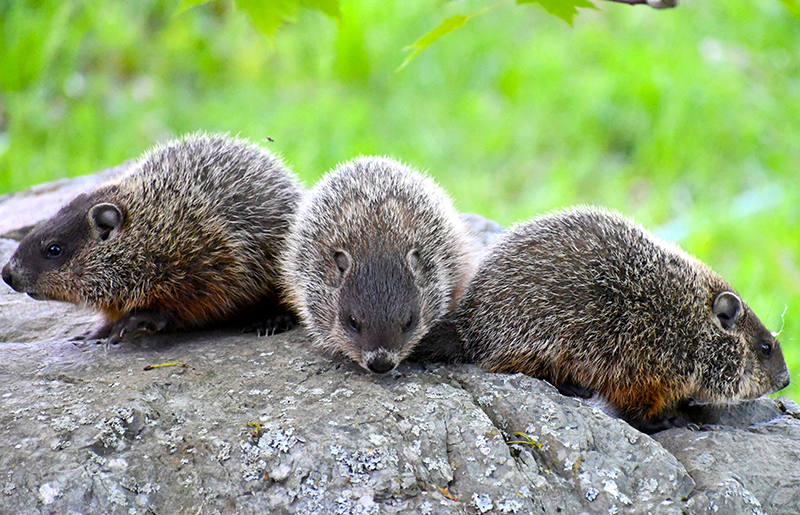Groundhog Facts, Not Mere Prognostication

Woodchucks Among Us
Groundhog Day. A cute holiday and a classic movie. And a very common animal in Ohio. You’ve probably seen them in the wild. Here are some fun groundhog facts to celebrate their special day.
Groundhog Fact: Member of the Squirrel Family
Groundhogs are marmots and are members of the squirrel family. But they are clearly much bigger! Males can grow almost 27 inches in length, and adults weigh between 4 lb. 7 oz. and 13 lb. 14 oz.

Groundhog Fact: Their Burrows Can Be 66 Feet Long
A groundhog is a solitary creature who lives in a self-made burrow. These can be up to 66 feet long! So, Punxsutawney Phil probably doesn’t care if winter lasts another six weeks. He can spend the time cozied up in his palatial home.
These groundhog burrows are an important part of the ecosystem of the plains, as they keep our clay soils from compacting. And other animals move into a burrow when the groundhog moves out.
Groundhog Fact: But They Can Climb Trees, Too!
Groundhogs live underground, and their name suggests they stay earthbound. But these chubby creatures can also climb trees, especially if they are on the run from predators. (They can swim, too! But we wouldn’t exactly call them triathletes.)
Groundhog Fact: Favorite Foods
They are mostly herbivorous, enjoying plants like:
- Grasses
- Dandelions
- Raspberries
- Mulberries
- Clover
- Alfalfa

Groundhog Fact: So Many Nicknames
Officially the Marmota monax, groundhogs also go by many other adorable names:
- chuck
- woodchuck
- whistlepig
- groundpig
- weenusk
- land beaver
- whistler
Groundhog Facts: Origin of Groundhog Day
The History Channel has a great description of where Groundhog Day came from:
“Groundhog Day has its roots in the ancient Christian tradition of Candlemas, when clergy would bless and distribute candles needed for winter. The candles represented how long and cold the winter would be. Germans expanded on this concept by selecting an animal—the hedgehog—as a means of predicting weather. Once they came to America, German settlers in Pennsylvania continued the tradition, although they switched from hedgehogs to groundhogs, which were plentiful in the Keystone State.”
Conveniently, male groundhogs naturally emerge in early February, looking for a mate. Left to their own devices, though, they will head back underground to finish hibernating until March.
Groundhog Facts: Expert Video
The Cleveland Museum of Natural History shares this very interesting groundhog video. Check it out!

